Travel Guide - 3 | Lisbon Vacation
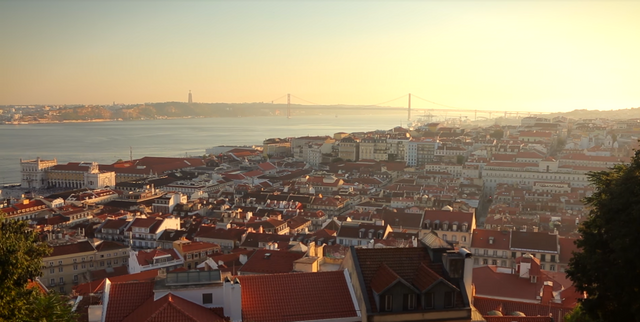
The Portuguese capital Lisbon,
lies on the Western Iberian Peninsula,
where the Tagus River meets the Atlantic Ocean.
Settled almost 3000 years ago,
the city predates Rome,
Paris and London by centuries,
and possesses an epic narrative to match.
From its early days as a Phoenician outpost
to it’s expansion into a 16th century trading giant,
from the Great Earthquake of 1755
to its glorious reconstruction,
Lisbon has long been a city of shifting fortunes.
For much of the 20th century the city floundered,
but the winds of fate have again shifted
in Lisbon’s favour.
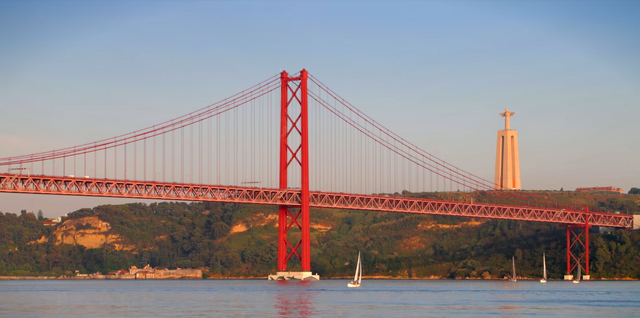
No longer a place of faded glory,
21st century Lisbon is again a place of possibilities.
This is a city whose journey has forever been
tied to the sea,
so it’s not surprising that many of her
most important landmarks
can be found along the waterfront.
Rising from the banks of the Tagus River,
the fortified elegance of the Torre de Belem
stands as a reminder
of Portuguese prestige and power in days of old.
Just upriver, rises the Monument of The Discoveries,
which celebrates the nation’s most revered seafarers,
such as Prince Henry The Navigator,
Vasco da Gama, and Ferdinand Magellan.
Climb to the rooftop and look down upon the
Mapa Mundi below,
which charts the routes and discoveries of
Portugal’s intrepid mariners.

Nearby, continue your voyage
into Lisbon’s seafaring past
at the Jeronimos Monastery.
Vasco da Gama spent his last night in prayer
on this site,
before departing on his epic voyage
to the Orient in 1497.
The vast monastery that stands today
was funded by the incredible wealth da Gamma’s
spice routes brought to the city.
This vast monastery complex is also home to
the city’s maritime museum,
which preserves relics from
Portugal’s Golden Age of Sail.
In the early 1800s,
Portugal’s rulers forced the resident monks
to vacate their beloved monastery.
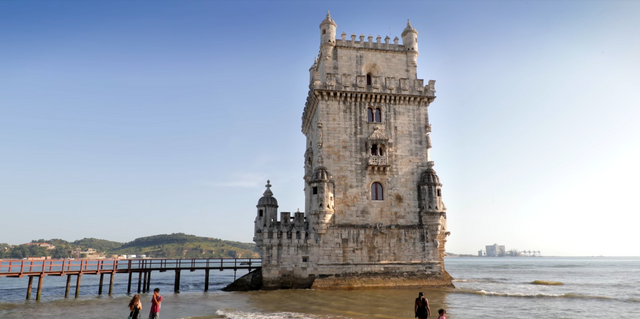
Destitute, the monks sold a prized possession
their secret egg tart recipe.
Five generations later,
the neighbouring Belem Patisserie serves over
twenty thousand pastel de nata
to sweet-toothed devotees each day,
and the recipe remains a guarded secret
to this day.
Once you’ve stocked up on
the world’s finest pastel de nata,
set sail to the newest horizons in creativity
at The Museum of Art, Architecture and Technology.
Further upriver,
the Portuguese love of the sea continues at
the city’s acclaimed Oceanario,
where hundreds of species glide by in a celebration
of the global ocean.
From here, climb aboard the cable car and
glide upriver again,
for birds-eye views of the city and the eleven-mile long,
Ponte Vasco da Gama, the longest bridge in Europe.
The waterfront is also where you’ll find
the city’s grand gateway,
Praca do Comercio.
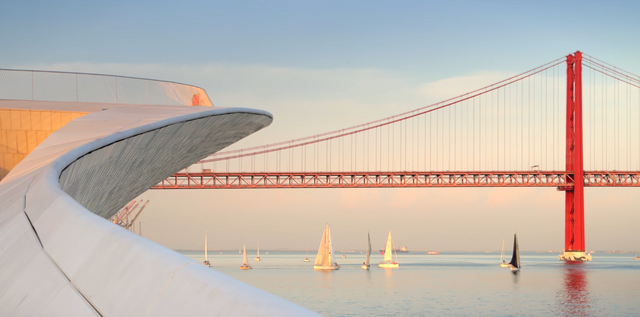
This great square in the centre of the Baixa District
was once the home of the Royal Palace,
until a fateful All-Saints Day in November 1755
when a natural disaster changed Lisbon,
and Europe, forever.
At the Lisbon Story Centre, feel the devastating
tremors of that six-minute earthquake,
and the terror of the tsunami and five-day
firestorm that followed.
The earthquake obliterated 85% of the city,
but with calamity, came opportunity.
Within a year, the rebuilding of Lisbon was
well underway.
Wide avenues replaced
the medieval rabbit warrens of old,
and a new style of elegant, earthquake-resistant
architecture was born, Pombaline.
The earthquake also shook the city free from
the religious dogma of old,
and from its cracks came the fresh new shoots
of The Enlightenment.
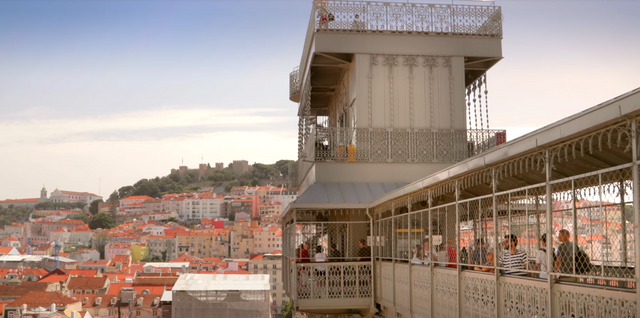
Pass beneath the triumphal arch crowned with
the figures of Glory, Valor and Genius,
a tribute to the city’s swift reconstruction.
Then simply drift down Rua Augusta, and into
another of Lisbon’s great squares, the Rossio.
If Praca do Comercio is the city’s gateway,
the Rossio is its heart.
Since the middle ages, Lisbon’s citizens
have gathered here for bullfights and celebrations.
Today, it’s the perfect place to relax by
the cool of its fountains
and on the waves of its patterned pavement.
Lisbon belongs to that club of great cities
which are defined by seven hills,
so wherever you roam, eventually you’ll
find yourself going up to take in the views.
Luckily, Lisboetas have come up with some
innovative solutions
to save their legs on hot summer days.
From the Lower Town, ride the Elevador de
Santa Justa, to the Barrio Alto District.
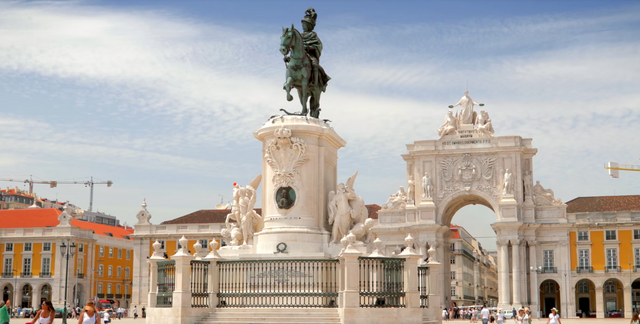
Here you’ll find the Convento do Carmo,
whose unrestored arches bare testament to
the devastation
which befell the city in 1755.
Climb aboard Tram 28, which passes some of
the cities most iconic sights.
Then from Portas do Sol, make the climb to
Castelo de São Jorge.
From high on the battlements of this 11th
century Moorish citadel
the red tiled roofs of Lisbon spread out before you,
stepping down to the lower town and
the blue Tagus beyond.
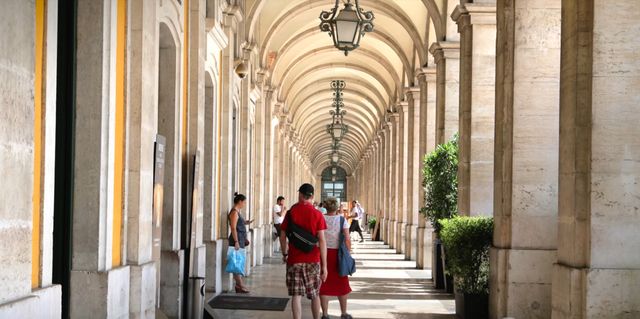
You’ll find trams rattling all over Lisbon,
but the most beloved of all is Gloria,
which runs between the Lower
Town to Miradouro de São Pedro de Alcãntara,
the perfect place to watch the city light
up at dusk with someone special.
Although the Great Earthquake reduced much
of Lisbon to rubble and cinders,
the ancient suburb of Alfama was spared.
Lose yourself amid the ancient
cobblestones and steps,
where cafes, bars and artisan shops
have taken residence
in the dockworkers homes of old.
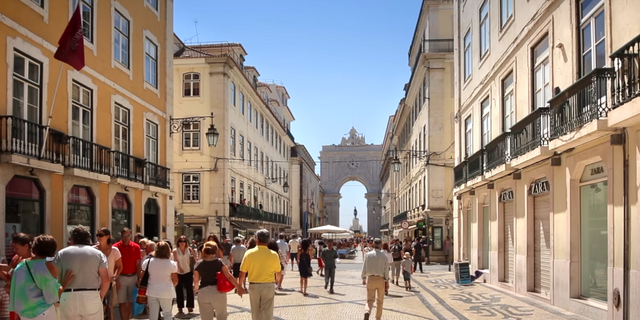
Yet the area still retains its village atmosphere,
especially during the midsummer festivals
when over 50 street parties
pop up all over the city.
The Alfama is home to the Romanesque Towers
of Lisbon’s Cathedral,
whose walls date back to the second crusade
when the city was liberated from the Moors.
If the stones of Alfama could sing,
then surely it would be the bittersweet
lament of the Fado.
At the Fado Museum, discover the traditional
song of Portugal,
which originated in the bars and laneways
of the Alfama.
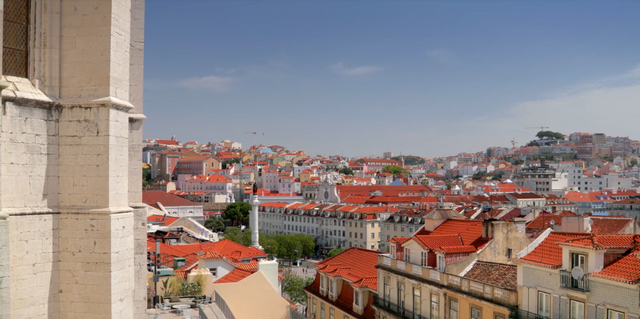
Then as the sun gets low, join locals in a
fado bar
and listen as professional and
up-and-coming fadistas
sing the heartrending stories of
the working class and the sea.
Lisbon’s walls may not sing,
but the tiles which adorn them possess a music
of their own.
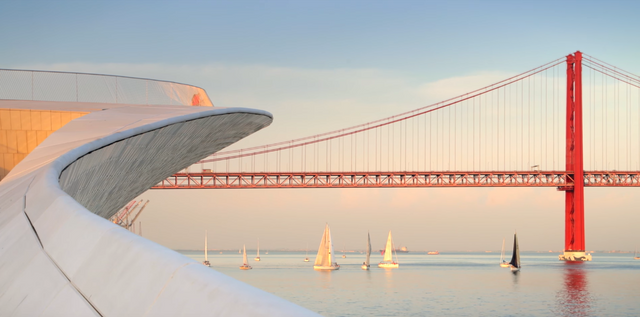
First introduced by the Arabs, over the centuries
the Portuguese have made the art of azulejo
all their own.
Housed in a former convent,
the National Azulejo Museum
celebrates the evolution of Portugal’s tile-craft
across the centuries,
from the biblical tales of old to the new
frontiers of tile design.
You’ll find azulejo at every turn in Lisbon,
from the practical to the purely decorative,
but to see the Sistine Chapel of tiles,
head to the city’s north, to Fronteira Palace.
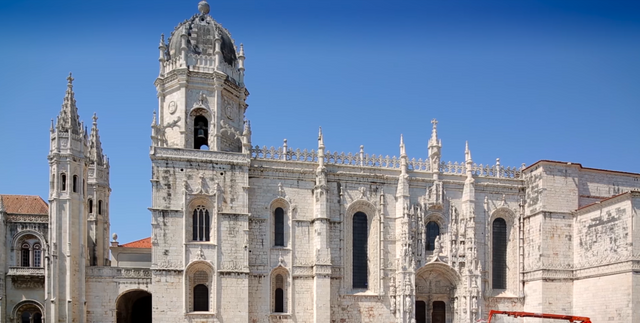
Just to the east, at the Calouste Gulbenkian Museum,
you’ll find another of the worlds’ great collections.
The museum’s six thousand art treasures
and antiquities
represent a lifetime of acquisition by the
oil magnate Gulbenkian,
Lisbon’s love of creativity isn’t just
confined to her galleries;
you’ll find it amid urban renewal projects
like the LX Factory,
which has breathed new life into
the city’s fabric factories
which fell silent long ago.
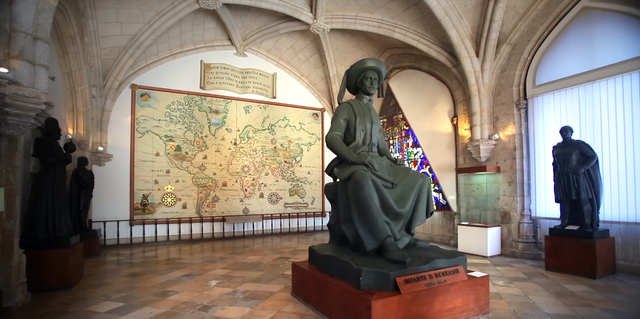
You’ll find creativity on the communal tables
of the Mercado da Ribeira,
where some of the city’s most innovative
chefs and brewers reinterpret age-old traditions.
Lisbon has always been a city of discovery.
So when you’re ready to explore a little
further afield you’ll find no end of adventure.
Less than 20 miles west of the city is Cascais,
an ancient fishing village that was woken
from its slumber
when Lisbon’s nobility discovered it’s
golden bays in the late 1800s.
Another playground for Portugal’s Monarchs was Sintra,
the home of the Summer Palace.
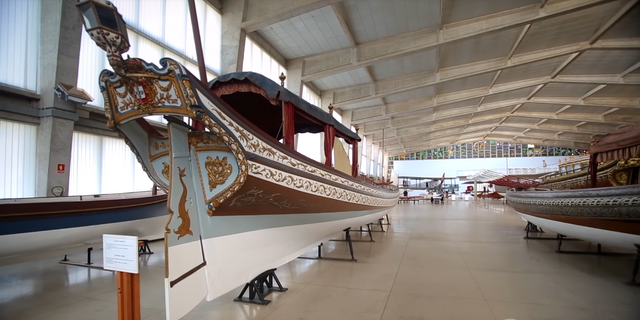
A half hour drive to the northwest of Lisbon,
Sintra is more than a weekend destination;
it’s a journey into a fairy tale.
Hans Christian Andersen fell under Sintra’s spell,
returning time and time again,
calling it the most beautiful place in Portugal.
From Sintra it’s just a short drive to the
incredible coastline
of the Sintra-Cascais Natural Park.
Spend a few days exploring some of Europe’s
most beautiful beaches,
such as Praia das Macas,
named after the apples which floated downriver
from nearby orchards and washed up upon its sands.
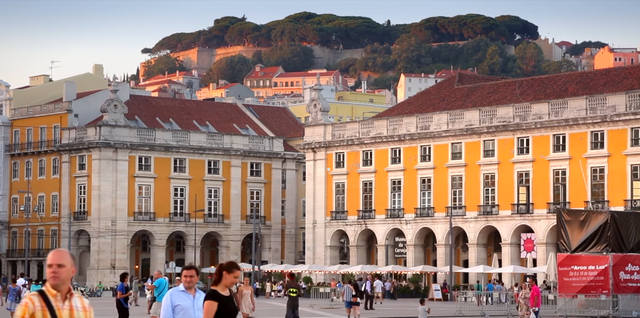
From here, venture southward and explore the
remote beaches of Adraga and Ursa,
where Atlantic waves have carved a dramatic
coastline straight from Homer’s Odyssey.
At Cape Roca, stand upon the cliff top,
which until the 14th century was considered
the end of the world.

Here, on the western-most point in mainland Europe,
400 feet above the pounding Atlantic,
it’s easy to understand how Lisbon’s seafarers
were drawn
to see what lay over those far horizons.
Yet no matter what wonders they saw,
what riches they found,
they always yearned to return to their city,
Lisbon, the Queen of The Sea.

Congratulations @whalebitcoin! You have completed some achievement on Steemit and have been rewarded with new badge(s) :
Click on any badge to view your own Board of Honor on SteemitBoard.
For more information about SteemitBoard, click here
If you no longer want to receive notifications, reply to this comment with the word
STOP